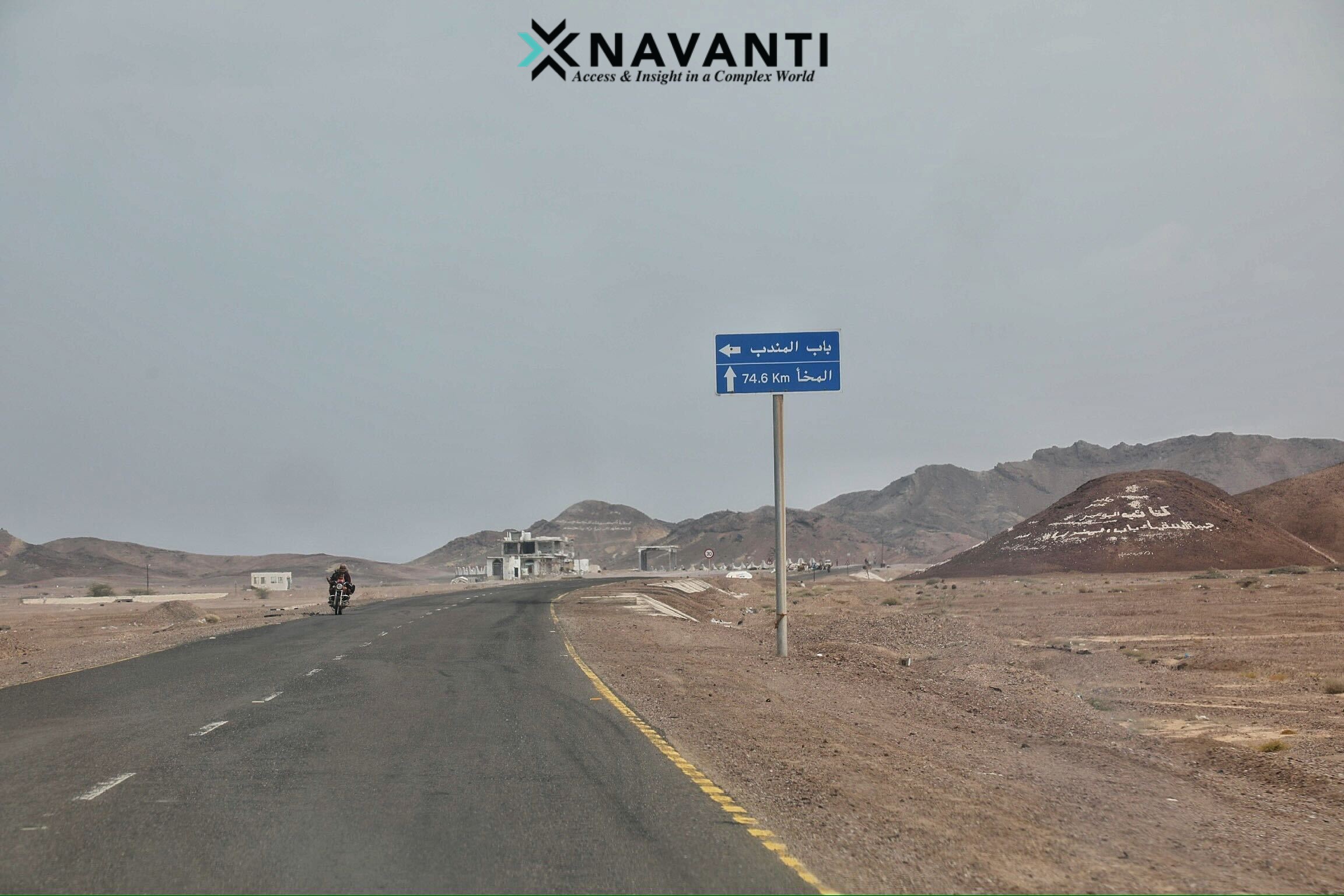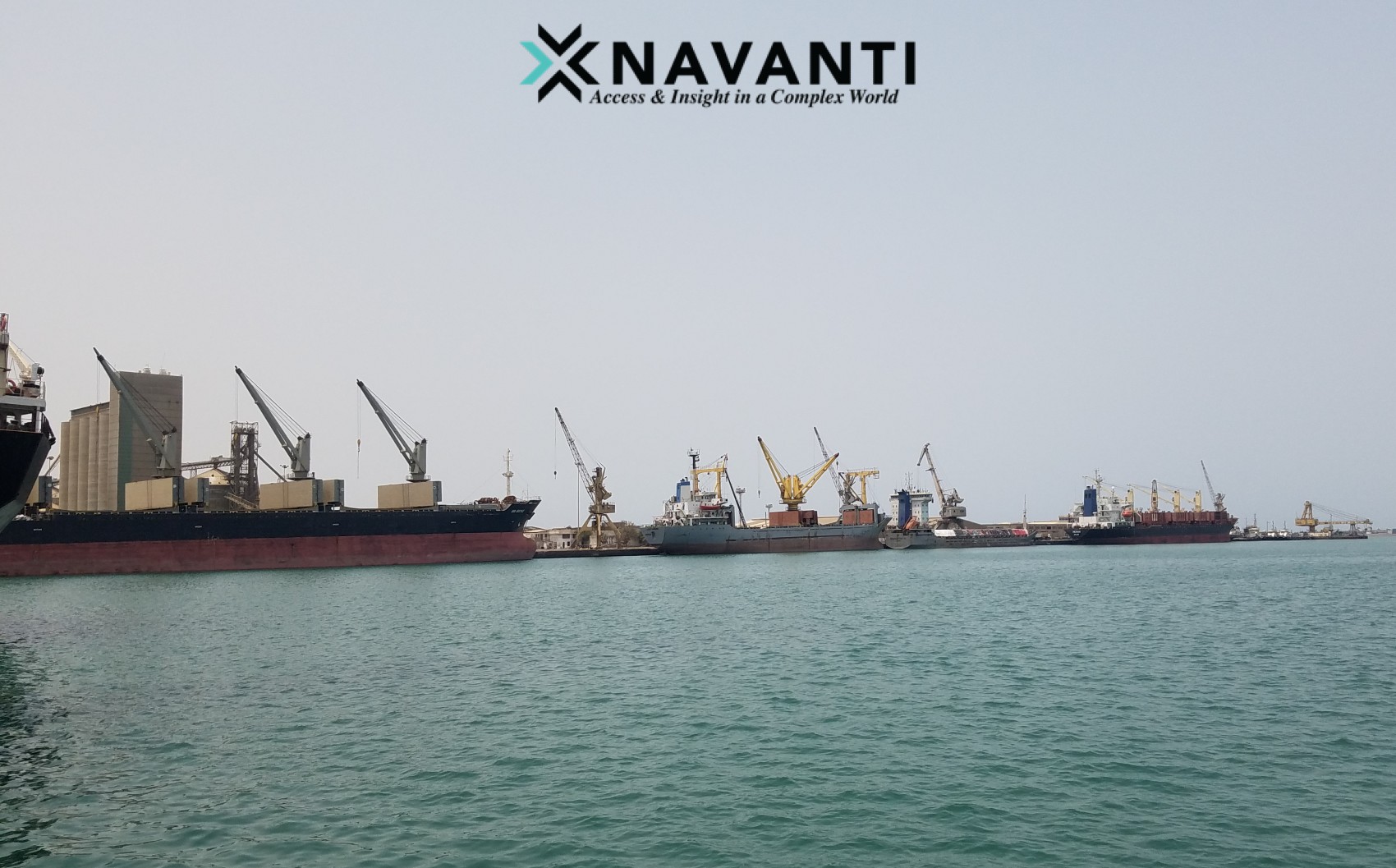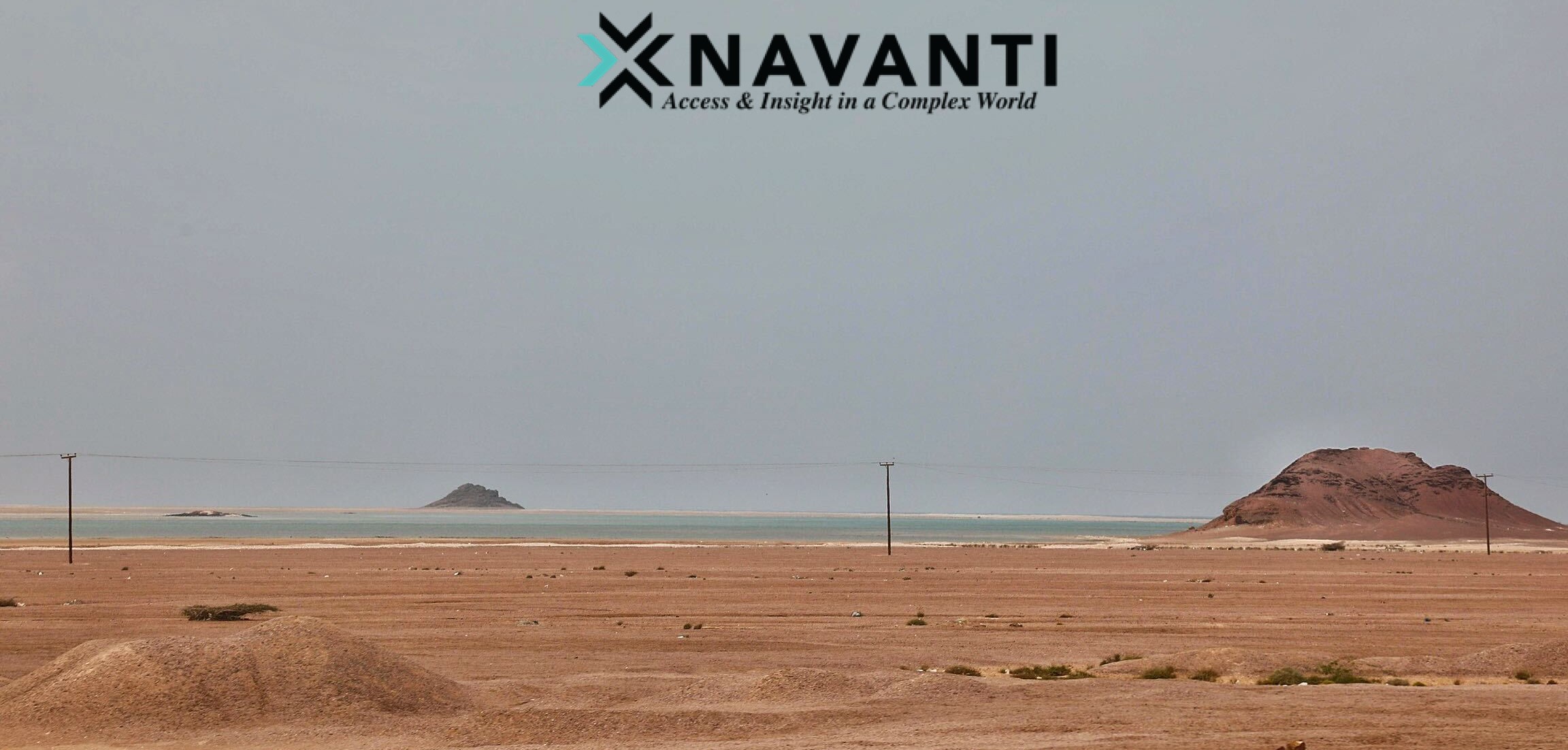Spot Report: Houthis Seize A Commercial Vessel in the Red Sea by Navanti News

In November 2023, the Iran-backed Ansar Allah (Houthis) rebels in Yemen redirected their anti-Israel military efforts towards the Red Sea, declaring an intention to target vessels contracted by Israeli companies. Abdulmalik Houthi, the leader of Ansar Allah publicly commanded his forces to locate and target Israeli ships near Yemen, particularly in the Red Sea and the Bab al-Mandab strait.
In a televised speech, Houthi emphasized his forces’ vigilance in monitoring Israeli ships, accusing them of relying on smuggling and camouflage in the Red Sea. Despite these vessels’ attempts to hide by avoiding Israeli flags and disabling automatic identification system (AIS), Houthi declared their determination to search and target these ships. The seizure of the car transporter Galaxy Leader by a joint naval and aerial Houthi force aligns with the group’s escalating anti-Israel stance.

Ahead of announcing the capture of the Galaxy Leader, the Houthi military spokesperson issued a preemptive statement expressing their intent to target vessels owned by Israeli companies, The Galaxy Leader, registered in the Isle of Man under Galaxy Maritime, is owned by Ray Car Carriers, co-owned by Israeli entrepreneur Abraham Ungar. The Japanese government asserted that Nippon Yusen operates the ship, the Japanese shipping company, also known as NYK Line, confirmed that the Galaxy Leader, carrying 25 crew members, was seized near Hudaydah, Yemen, en route to India. The detained individuals include nationals from Bulgaria, Mexico, the Philippines, and Ukraine.
The decision to focus on the Red Sea may have been influenced by the perceived failure of eight waves of Houthi missile and drone launches from Yemen to hit targets inside Israel. The Bab-el-Mandeb Strait is a critical maritime passage with a narrow point of approximately 18.6 miles wide. Divided into two channels by Perim Island, the strait features a western channel that is roughly 16.2 miles wide and 98 feet deep, and an eastern channel that is about 1.9 miles wide and 1,017 feet deep. According to Lloyd’s List Intelligence vessel-tracking data, over 22,500 transits were recorded through this sea passage in 2022, averaging approximately 38.5 merchant ships passing through the Bab-el-Mandeb Strait daily.

The capture of the Galaxy Leader is anticipated to heighten maritime risks. Platts, a division of S&P Global, recently evaluated the tanker rate for transporting a 130,000-metric-ton dirty cargo from the Arabian Gulf to the Red Sea at $17.45 per metric ton on October 27, reflecting an increase from $14.45 per metric ton on October 6, the day preceding Hamas’s attack. This act of piracy in the Red Sea, occurring amid an already tense situation, is expected to trigger enhanced maritime security measures and increased operational expenses. Shipping companies may encounter higher insurance costs, leading to elevated expenses for transporting food to war-torn Yemen and impacting food security.

